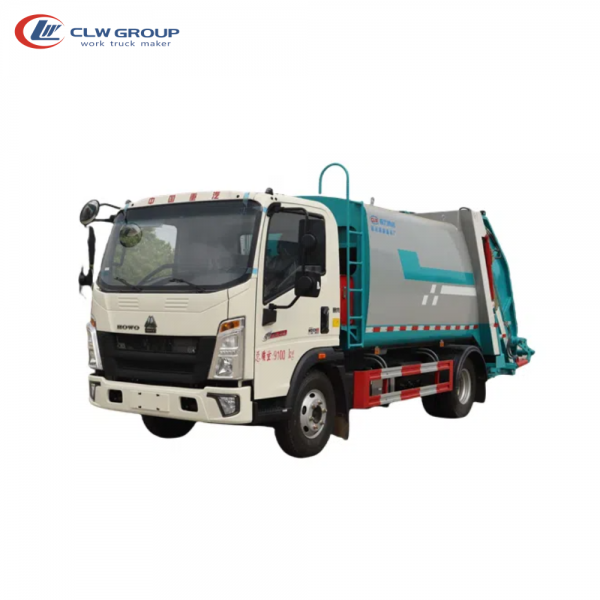Introduction
Truck-mounted cranes are essential equipment used in various industries such as construction, transportation, and logistics. These cranes provide the flexibility and mobility needed to lift and move heavy materials and equipment efficiently. While truck-mounted cranes offer numerous benefits in terms of productivity and convenience, it is crucial to also consider their environmental impact. In this article, we will delve into the environmental implications of truck-mounted cranes, exploring their energy consumption, emissions, and overall sustainability.
Energy Consumption
One of the primary environmental considerations when it comes to truck-mounted cranes is their energy consumption. These cranes are typically powered by diesel engines, which are known for their high energy efficiency but also for their significant carbon emissions. The operation of truck-mounted cranes requires a substantial amount of fuel to power the hydraulic systems that control the lifting and lowering of loads.
The energy consumption of truck-mounted cranes can vary depending on factors such as the size and capacity of the crane, the type of work being performed, and the operating conditions. Larger cranes with higher lifting capacities generally consume more fuel than smaller cranes. Additionally, the frequency and duration of crane use also play a role in determining overall energy consumption.
To mitigate the environmental impact of energy consumption, there are several strategies that can be employed. One approach is to invest in more fuel-efficient crane models that are designed to optimize energy usage. Another strategy is to implement maintenance and operational practices that ensure the crane is operating at peak efficiency, such as regular engine tune-ups and proper load management.

Emissions
In addition to energy consumption, another significant environmental impact of truck-mounted cranes is the emissions they produce. Diesel engines, which are commonly used to power truck-mounted cranes, emit pollutants such as nitrogen oxides (NOx), particulate matter (PM), and carbon dioxide (CO2). These emissions contribute to air pollution and have detrimental effects on human health and the environment.
Nitrogen oxides are a group of gases that are produced during the combustion of diesel fuel and are known to contribute to the formation of smog and acid rain. Particulate matter, which consists of tiny particles released into the air, can cause respiratory problems and other health issues when inhaled. Carbon dioxide is a greenhouse gas that contributes to global warming and climate change.
To reduce emissions from truck-mounted cranes, manufacturers are increasingly focusing on developing cleaner and more efficient engine technologies. For example, some newer crane models are equipped with advanced emission control systems that help reduce the release of harmful pollutants into the atmosphere. Additionally, implementing practices such as regular engine maintenance and using cleaner-burning fuels can also help lower emissions.
Sustainability
Sustainability is a key consideration when assessing the environmental impact of truck-mounted cranes. Sustainable practices aim to minimize the negative effects of crane operations on the environment while maximizing efficiency and productivity. This involves not only reducing energy consumption and emissions but also considering the broader impact of crane use on natural resources and ecosystems.
One aspect of sustainability in crane operations is the responsible management of resources such as fuel and water. By optimizing fuel usage and reducing waste, operators can minimize their environmental footprint. Additionally, recycling and proper disposal of materials such as oil and lubricants can help prevent pollution and protect the environment.
Another important aspect of sustainability is the conservation of habitats and ecosystems that may be affected by crane operations. When using truck-mounted cranes in environmentally sensitive areas, it is essential to take precautions to minimize disruption and avoid damage to local flora and fauna. This may involve implementing measures such as habitat restoration and wildlife protection programs.
Conclusion
In conclusion, truck-mounted cranes play a vital role in various industries but also have a significant environmental impact. work trucks for sale , emissions, and sustainability are key factors to consider when assessing the environmental implications of crane operations. By investing in fuel-efficient technologies, reducing emissions, and promoting sustainable practices, the environmental footprint of truck-mounted cranes can be minimized. Ultimately, a balanced approach that prioritizes both productivity and environmental responsibility is essential to ensure the long-term sustainability of crane operations.
